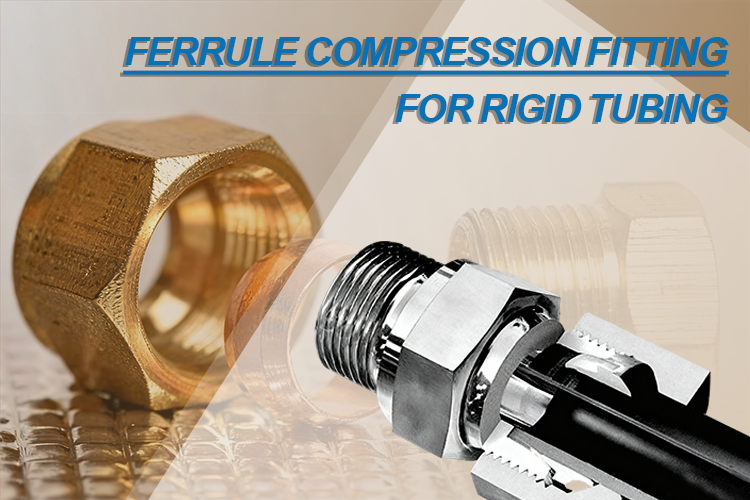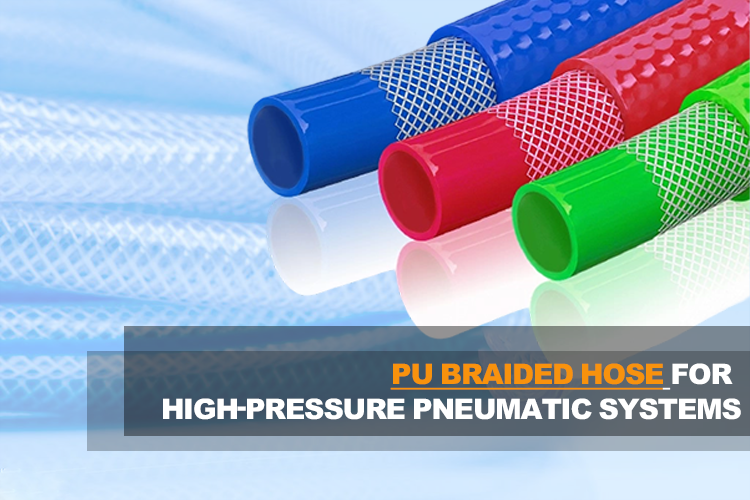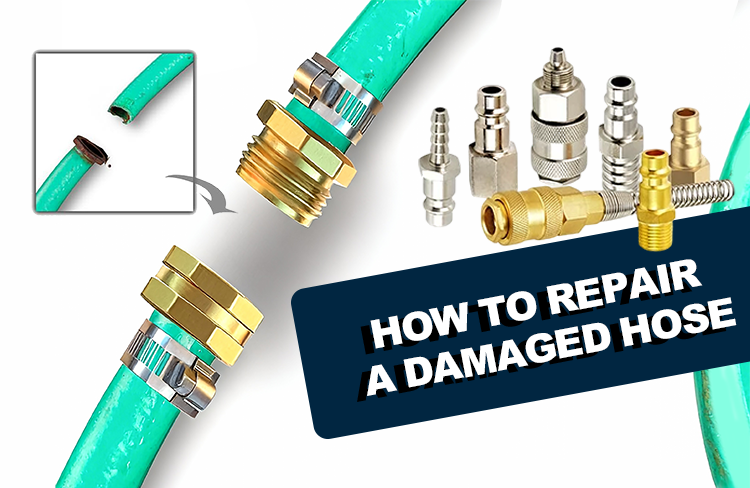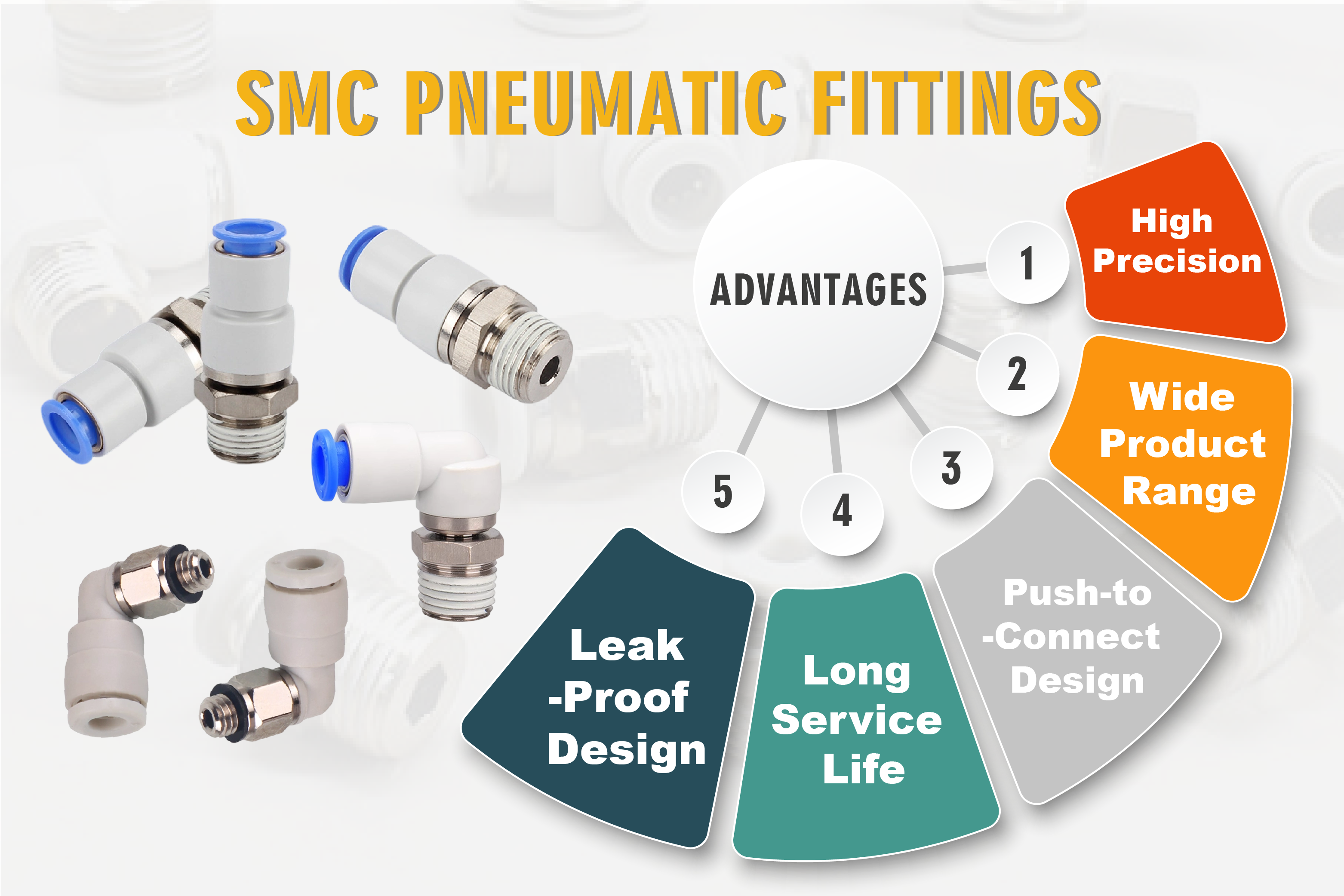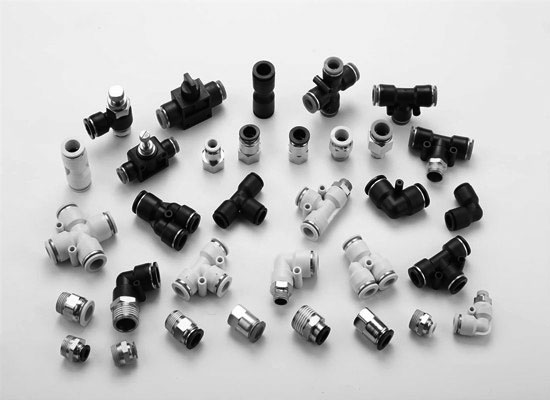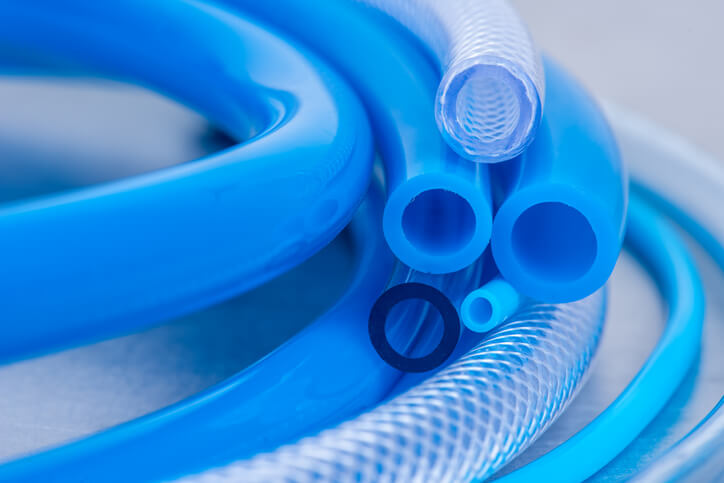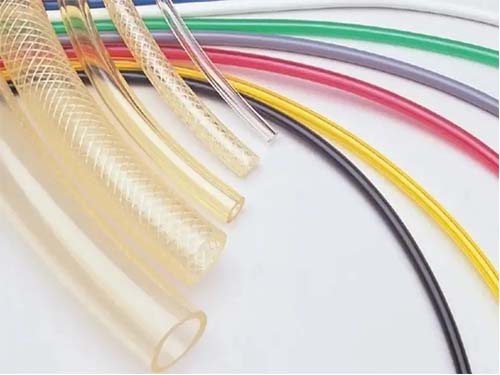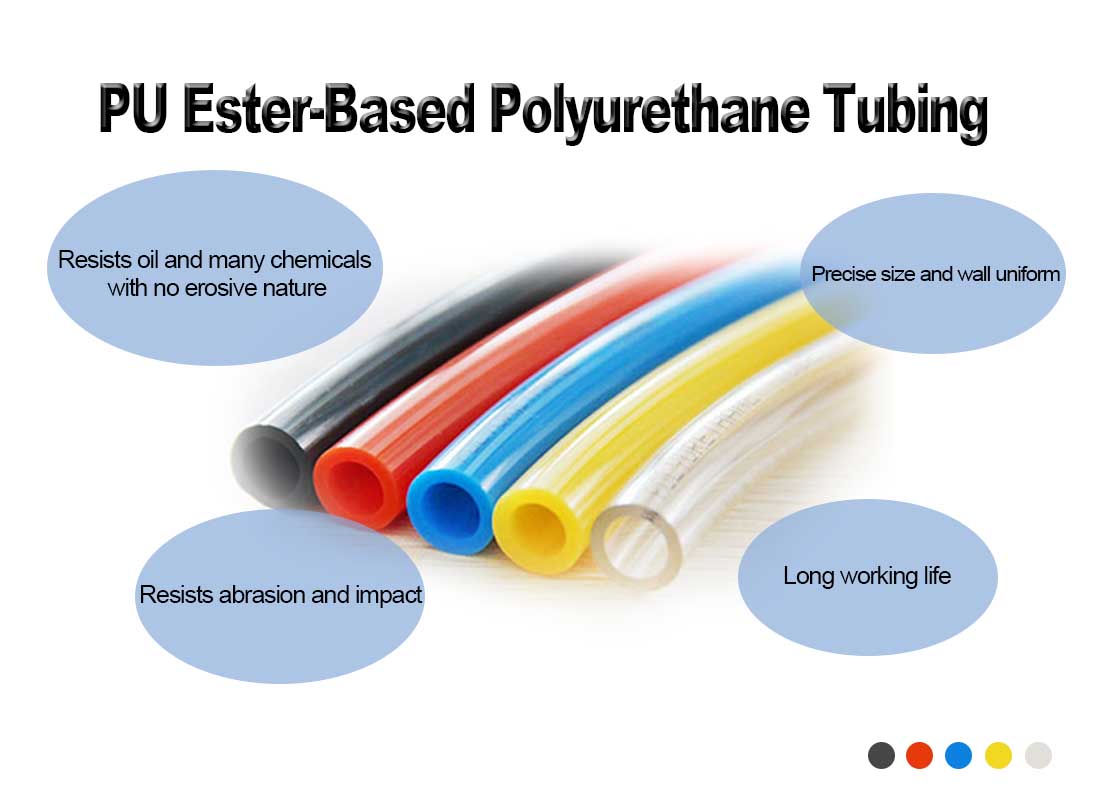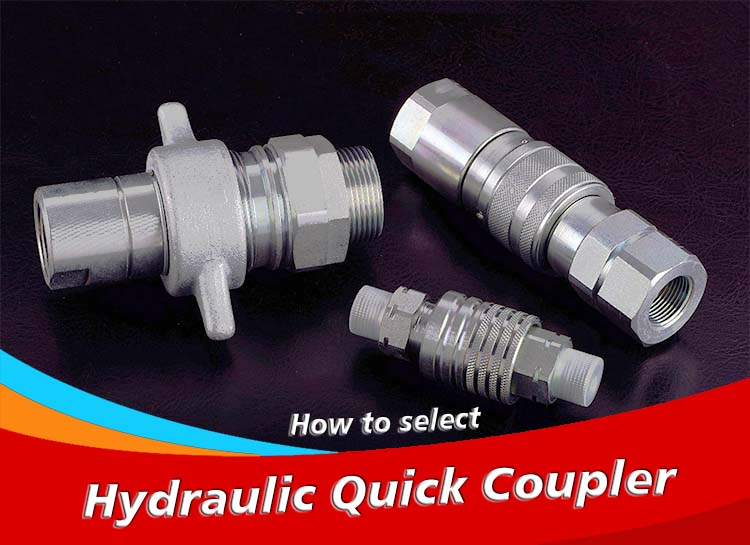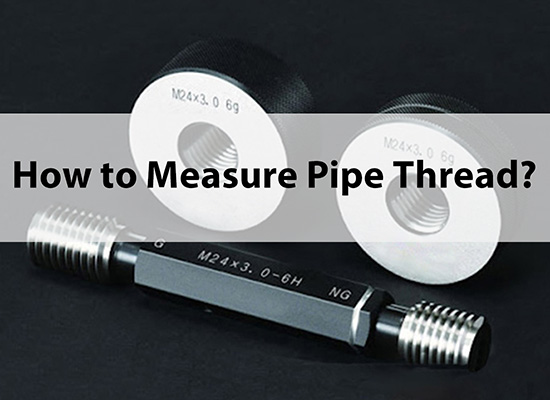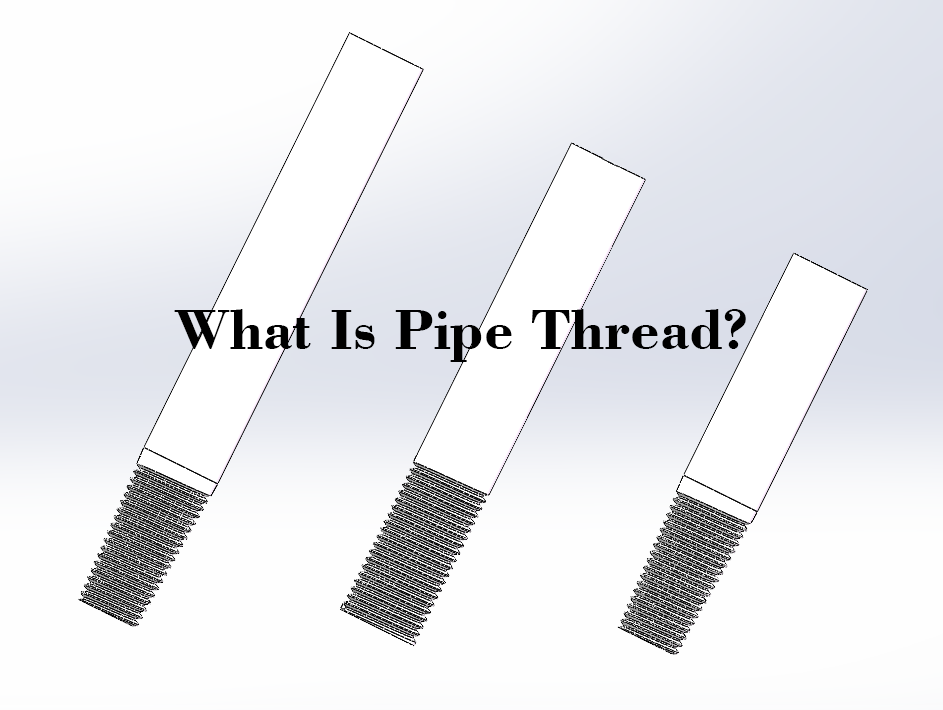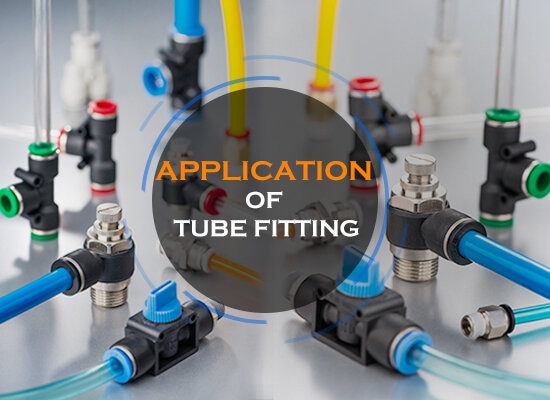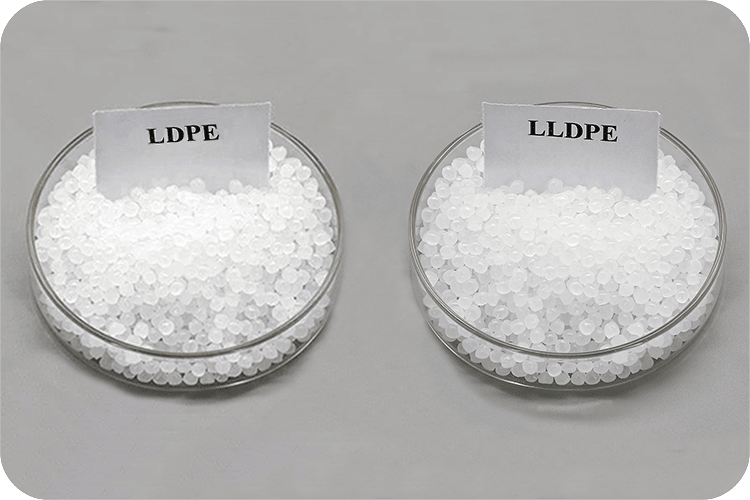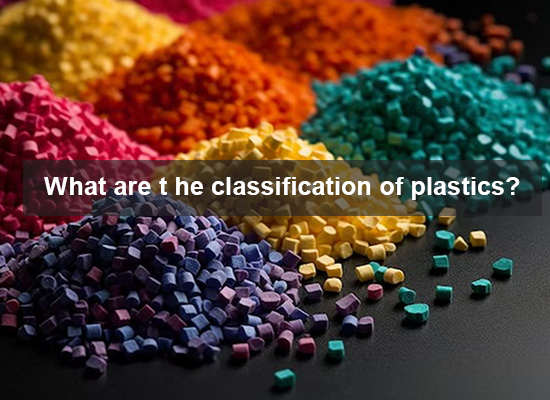In industrial fluid transfer, pneumatic systems, or automation equipment, the choice of hose directly impacts the system's efficiency, safety, and lifespan. Whether it's for conveying compressed air, liquid media, or protecting delicate cables, a well-matched hose can significantly reduce maintenance costs and minimize downtime risks. However, with the myriad of material options available in the market—especially the commonly used PU (Polyurethane) hose and PVC (Polyvinyl Chloride) hose—many engineers or procurement staff, especially those with limited experience, often face a choosing dilemma between the two kinds as follows:
PVC hoses are cost-effective, but can they withstand frequent bending ?
PU hoses offer excellent abrasion resistance but are more expensive; is the investment worthwhile ?
What are the differences between the two materials in terms of chemical resistance, temperature adaptability, and lifespan ?
In fact, there is no "absolute better" option, only the "better fit" for a particular application. Both PVC and PU hoses have their unique advantages, but choosing the wrong material can lead to frequent replacements or, in the worst case, system failures and safety risks.
In this article, we will comprehensively compare the evaluation of PVC and polyurethane from three aspects: performance parameters, practical application analysis, and cost-effectiveness, to help you clearly understand:
Whether you're designing an automation production line, upgrading a pneumatic system, or simply replacing aging hoses, this comparison guide will help you make precise and cost-effective decisions.You can also answer the above questions by yourself at that time.
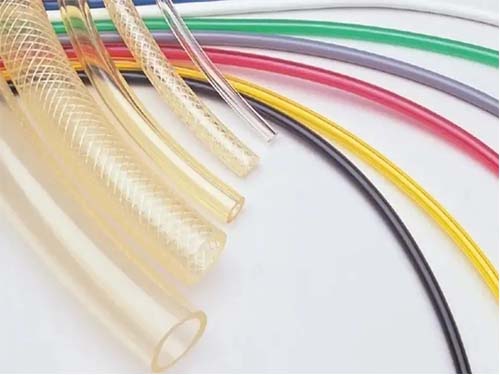
Both PVC and PU materials are mainly used to make pneumatic hoses. The following is a comparison of the characteristics, advantages and disadvantages of pneumatic hoses produced by processing the two materials to reflect the differences in their properties.
PVC vs. Polyurethane: Similarities and Differences
By comparing the specific parameters of PVC and PU, it is analyzed whether the two materials are the same or different.
| Feature | PVC | PU |
| Material Type | Thermoplastic | Thermoplastic or Thermoset |
| Flexibility | Rigid, can be flexible with additives | Highly flexible, more flexible than PVC |
| Durability | Less durable, can crack under stress | Very durable, resistant to wear and tear |
| Chemical Resistance | Good resistance to acids and alkalis | Better resistance to oils, solvents, and chemicals |
| Temperature Resistance | Low heat tolerance, softens at higher temperatures | Higher temperature resistance, can withstand higher heat |
| Cost | Less expensive | More expensive than PVC |
| Impact Resistance | Lower impact resistance, can become brittle at low temps | High impact resistance, remains flexible under impact |
| UV Resistance | Poor UV resistance, degrades quickly under sunlight | Excellent UV resistance |
PVC and PU Similarities:
Both are versatile and widely used in various industries.
Both can be molded into different shapes for specific applications.
Both offer resistance to a variety of environmental factors.
PVC and PU Differences:
PVC is more rigid, with less durability and impact resistance compared to PU, which is more flexible and durable.
PU is generally better at resisting chemicals, oils, and abrasion, making it more suited for industrial applications with tough environments.
PVC is cheaper and is typically used for construction and plumbing, while PU is used for more demanding applications like automotive, industrial hoses, and medical equipment.
PVC pipe (polyvinyl chloride pipe) is a plastic pipe manufactured by extrusion molding process using polyvinyl chloride resin as the main raw material. Its name comes from the abbreviation of "Polyvinyl Chloride" in English, and it is currently the third most widely used synthetic plastic material in the world (after PE and PP)
Performance Benefits
Corrosion Resistance
Chemical resistance
Mechanical Strength
Low Friction Loss
Durability & Long Service Life
Application
Municipal Water Supply and Drainage
Industrial Piping Systems
Agricultural Irrigation
Cable Protection Conduits
Limitations Over PVC Tubing
When the temperature exceeds 60 degrees, PVC softness and loss strength.Temperature is applicable within a smaller range compared to polyurethane pipes.
Polyurethane Tubing is known for its flexibility, toughness, and resilience.Manufactured via extrusion process, available in multiple diameters & wall thicknesses.
Performance Benefits
Extreme Flexibility – Bends/stretches easily without kinking.
Exceptional Abrasion Resistance – Withstands wear, friction, and impact better than most plastics.
High Tear Strength – Resists damage during installation and heavy use.
Wide Temperature Range – Performs from -80°F to 200°F.
Application
Pneumatic systems
Hydraulic lines
Robotics & automation
Medical & food-grade uses
Limitations Over Polyurethane Tubing
Not for aggressive chemicals – May degrade with prolonged exposure to certain solvents.Higher cost than PVC – Justified by longer lifespan in demanding conditions.
Also,Ordinary polyurethane is less sensitive to UV and oxidative aging than PVC, but adding UV resistant polyurethane pipes can effectively improve this.
PVC vs Polyurethane:Application Difference
Polyurethane and PVC are both thermoplastic materials. Both PVC and PU have plasticity,after cooling, they will solidify again. Manufacturers can shape them into any shape, including hoses. Based on their physical and material properties, they are suitable for various applications. However, in many cases, one material tubing may has advantages over another in certain applications.
Chemical resistance
In terms of chemical resistance, PVC has more advantages than polyurethane in applications such as acid and alkali liquid transport pipes, chemical storage containers, laboratory exhaust pipes, etc.
Flexibility
Polyurethane is undoubtedly the best choice for pneumatic pipelines and flexible hoses of movable robotic arms that require high flexibility and wear resistance in automation equipment.
Lower temperature
In situations where low temperature and UV resistance are required, such as cold storage and outdoor equipment, polyurethane PU pipes are more suitable.
Another unavoidable factor is that PVC contains chlorine, and polyurethane is environmentally friendly and toxic.If applied in scenarios that require environmental protection, non toxicity, and harmlessness, PU has more advantages than PVC.
Conclusion
This article examined the characteristics and uses of PVC and polyurethane tubing. PVC is known for its excellent chemical resistance and cost-effectiveness, making it a popular choice for plumbing, irrigation, and medical applications. In contrast, PU tubing stands out for its superior flexibility, high abrasion resistance, and durability, making it suitable for use in pneumatic systems, robotics, and fluid transport. Both materials are widely used across a range of industries, providing reliable solutions for diverse fluid handling needs.
The decision between PVC and polyurethane tubing depends on the specific needs of each application. PVC is best suited for environments where chemical resistance, cost-efficiency, and electrical insulation are key priorities. Meanwhile, PU is the ideal choice for applications requiring high flexibility, resistance to wear and tear, and a wider temperature range.In the use of pneumatic systems, PU pipes are more suitable than PVC pipes. Browse related comparison blogs for more information
Fokca is a leading pneumatic products corporation specializing in the manufacturing of high-quality pneumatic and hydraulic Tubing solutions. We have Advanced production equipment, rigorous processing technology, and excellent management experience.We have served a wide range of top manufacturing industries, providing custom automated mechanical machines that meet the unique demands of industrial production and automation systems. Welcome to our brand website:www.Fokca.com.




